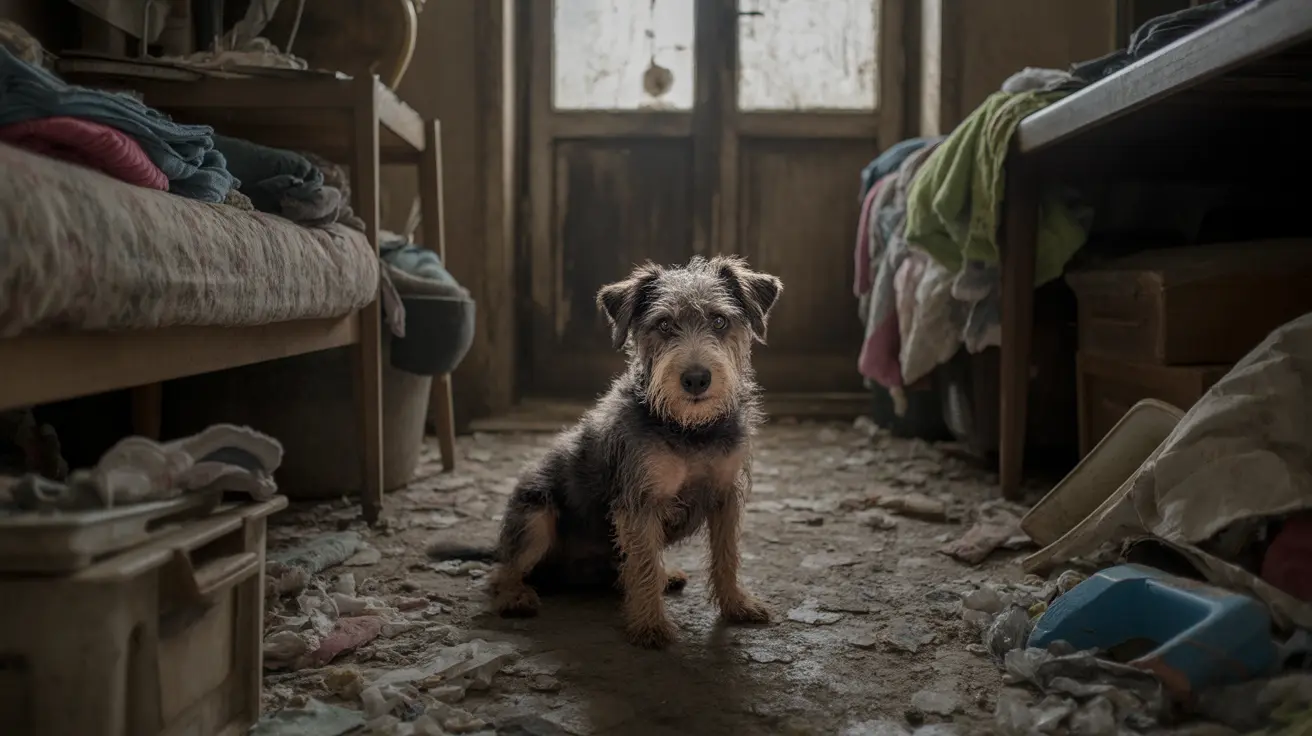How Dogs Apologize: Understanding Canine Social Cues
While dogs do not speak or think like humans, they have developed a rich set of social behaviors to maintain harmony in their relationships—especially with humans. One of the most fascinating behaviors dog owners often report is the sense that their dog is 'apologizing' after doing something wrong.
What Does Apologizing Mean for Dogs?
In humans, apologies are generally symbolic acts involving speech, gestures, or rituals designed to communicate regret or ask for forgiveness. Dogs don’t have the capacity for language or moral reasoning in the human sense, but they do possess advanced social-cognitive skills that enable them to read emotions, respond to social cues, and increase or decrease social engagement based on context.
This behavior isn’t guilt—it’s more about a dog’s reaction to human emotional expressions or past experiences. Dogs live largely in the present, driven by instincts and learned associations.
Behaviors Interpreted as Apologies
When dogs engage in behaviors interpreted as 'apologizing,' they are often communicating submission or attempting to resolve perceived tension. Common behaviors include:
- Avoiding eye contact – Signals submission and a non-threatening demeanor.
- Flattening ears and lowering head – Classic canine body language for appeasement.
- Tucking the tail between legs – A sign of nervousness or deference.
- Licking or nuzzling – Seen as submissive gestures meant to solicit forgiveness or calm.
- Pawing** – Reaching out with a paw may be an attention-seeking or appeasing gesture.
These behaviors align with dogs’ natural social instincts from their ancestry as pack animals. Canids use these postures to diffuse conflict and restore group harmony.
The Role of Dog-Human Bond
The deep co-evolution of dogs with humans has left dogs with an uncanny ability to read human gestures and moods. Research shows that dogs respond to human tone, gaze, and expressions, suggesting they recognize when an owner is upset. Their response may look like guilt or apology, but it’s more likely a strategy evolved to maintain social bonds and avoid punishment.
The Science Behind Canine Cognition
Modern studies of dog cognition demonstrate that dogs:
- Remember past events through episodic-like memory.
- Use social referencing to make decisions based on human reaction.
- Have brain regions that light up in response to familiar voices, emotions, or faces.
- Can associate emotional tones with human actions.
These abilities illustrate that dogs have emotional intelligence that helps them navigate complex relationships—traits that domestication has strongly favored.
The Difference Between Guilt and Appeasement
Pet owners often describe a “guilty look” after their dog misbehaves. But studies have shown that this look is more likely a reaction to the owner's tone or body language, not an understanding of wrongdoing. Researchers call this appeasement behavior, not guilt.
It might seem like an apology, but it does not stem from moral awareness. Instead, it helps the dog de-escalate tension and ensure the continuation of affection or social safety.
What It Means for Pet Owners
Understanding how dogs “apologize” can help owners respond better and build stronger relationships. Here are some guidelines:
- Don’t equate dog behavior with human guilt.
- Recognize appeasement signals as a request for peace.
- Avoid harsh punishment, which may confuse or frighten dogs without helping them learn.
- Use consistent positive reinforcement to shape desired behaviors.
When your dog seems to ‘feel bad,’ they are likely trying to comfort you or seek comfort from you. Responding with understanding strengthens your bond and helps your dog feel safe in the household.
Conclusion
Dogs apologize through a range of social behaviors shaped by millennia of domestication and social learning. What appears as remorse is often a mixture of appeasement gestures and emotional sensitivity to human reactions. These behaviors reflect how dogs think and feel in the moment—not through logic and regret but via instincts, social cues, and the desire for connection. Appreciating this helps owners interpret their dogs more accurately and compassionately.





